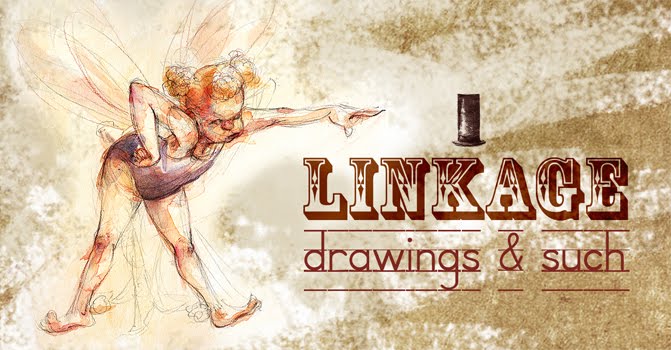

So here we have our lead character from the picture book adaption I'm working on. After designing the character emotionally and physically, I've imagined emotions and attitudes he may have and that I may use in the book...
First off let me say there are a great many resources that have influenced how I approach bringing a character to life through gesture and expression. My biggest influences include Robert Henri, Joseph Cintron, Dom Scibilia, Walt Stanchfield and Mark McDonnell. I preface this week's notes by saying this: there is no way to possibly condense all of that wonderful knowledge into a brief blog entry. Sooooooooo....you'll need to continue to draw everyday. ( I'm going to beat this drum until it bursts!)
Expressions:
Examine your own face and refer the sketches from class. The muscles groups in and above the eyes pull & stretch eyebrows, eyelids, forehead. The muscle groups of the cheeks and under the eyes pull and contort the nose and mouth up and down and side to side. The muscle group around the lips and mouth control movements for speaking and extending the jaw.
- stretch your own face & feel the muscles move
- use a shaving mirror.
- Also, make simplified muscle groups for the face.
Keys to capturing Expression / Gesture / Postures - Movement:
- Stay loose
- Look for the line of action that runs through the middle of the body ( I typically find the spine and follow it's twist.
- Nuance of emotions can give the auditor inflection.
- the gesture can tend to be subtle and narrow in terms of what an audience understands.
- you must be selective and think through the emotions you're trying to convey.
- Think in terms of strong silhouettes with good negative space. In other words, try to minimize body parts that overlap. Sometimes it is necessary, but first try to get the limbs out away from the body.
- draw the entire form and while hands may be hard, USE THEM. They are the second most expressive feature of the human body. It goes a long way toward making a more complete emotion in your drawing.
Make sure to work to the extremes of the emotional possibilities first when coming up with an gesture. Doing this will make the expression and emotion immediately readable. If it is too broad you can always reel it back in. But I find if you start small and are satisfied with the drawing then the tendency is to baby the drawing even if isn't very strong at conveying the emotion.
On another note, don't keep working on a drawing that just isn't happening. It's easy to get caught up forcing a drawing. If it's not getting better. Ditch it. You'll feel a lot better starting fresh. And that's the real key— fresh!
Acting & Expression:
Stimuli - Thought vs. External Stimuli
External Stimuli:
Stimuli - Thought - Emotion - Action
The text may suggest only a little bit, we provide the subtext by how we show the movement of our characters.
1. Bob feels leaf land on hand - External stimuli
2. Imagines it's a large spider - Thought
3. Feels scared & panics - Emotions
4. Jumps up frantically grabbing arm - Action
Our job is to selectively depict this typically in one illustration.
Internal stimuli:
ex: Text usually provides thoughts
1. Bob remembers how ho-ho's melt in his mouth - Internal stimuli
2. feels happy - Emotion
3. Smiles - Action
The second series of sketches is from a day fishing with my in-laws. My father-in-law, Bob, just kept reeling in the fish. At one point he 8 straight fish in a matter of about twenty minutes...I think I'll stick to drawing.

3 comments:
What a great post. Lots of info, and very fun line work. I must say, you draw hands beautifully! :)
Thanks Abz! Hands are not easy..I wish the came more naturally to me—they take a lot more work than you might think...
those r nice sketchs man ...n d rythms
Post a Comment